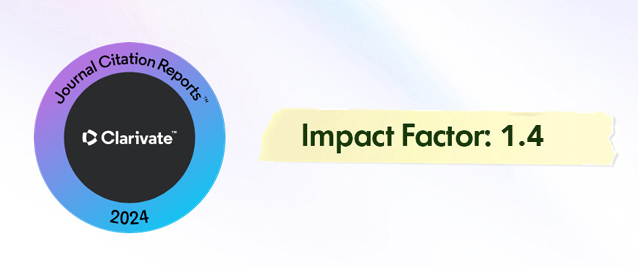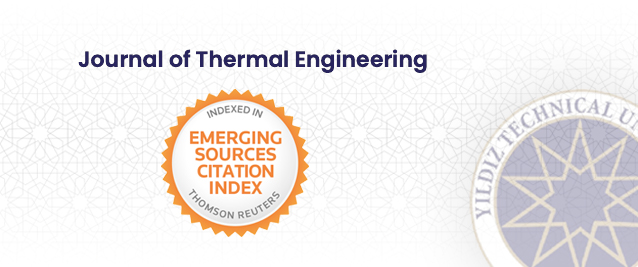2School of Industrial Biology. 49 avenue des Genottes, 95800 Cergy-Pontoise. France
Abstract
Fouling phenomenon remains at the forefront of problems that concern manufacturers using heat exchangers. Despite the large number of studies carried out, the mechanism and the evolution of this phenomenon remain poorly understood. In the dairy industry, fouling is a very important parameter seen as it can affect the quality of food product. Studies carried out on this phenomenon during milk heat treatment have led to the conclusion that lacotglobulin protein is the main precursor of fouling. Indeed, the thermal instability of this protein undergoes chemical reactions generating an aggregate that accumulates on the hot walls of heat exchanger. In this work, an attempt to model, numerically, milk fouling during pasteurization was carried out. Wall temperature and fouling thickness distributions were studied along the channel. This permits to determine a mathematical relationship between fouling thickness and wall temperature.






















